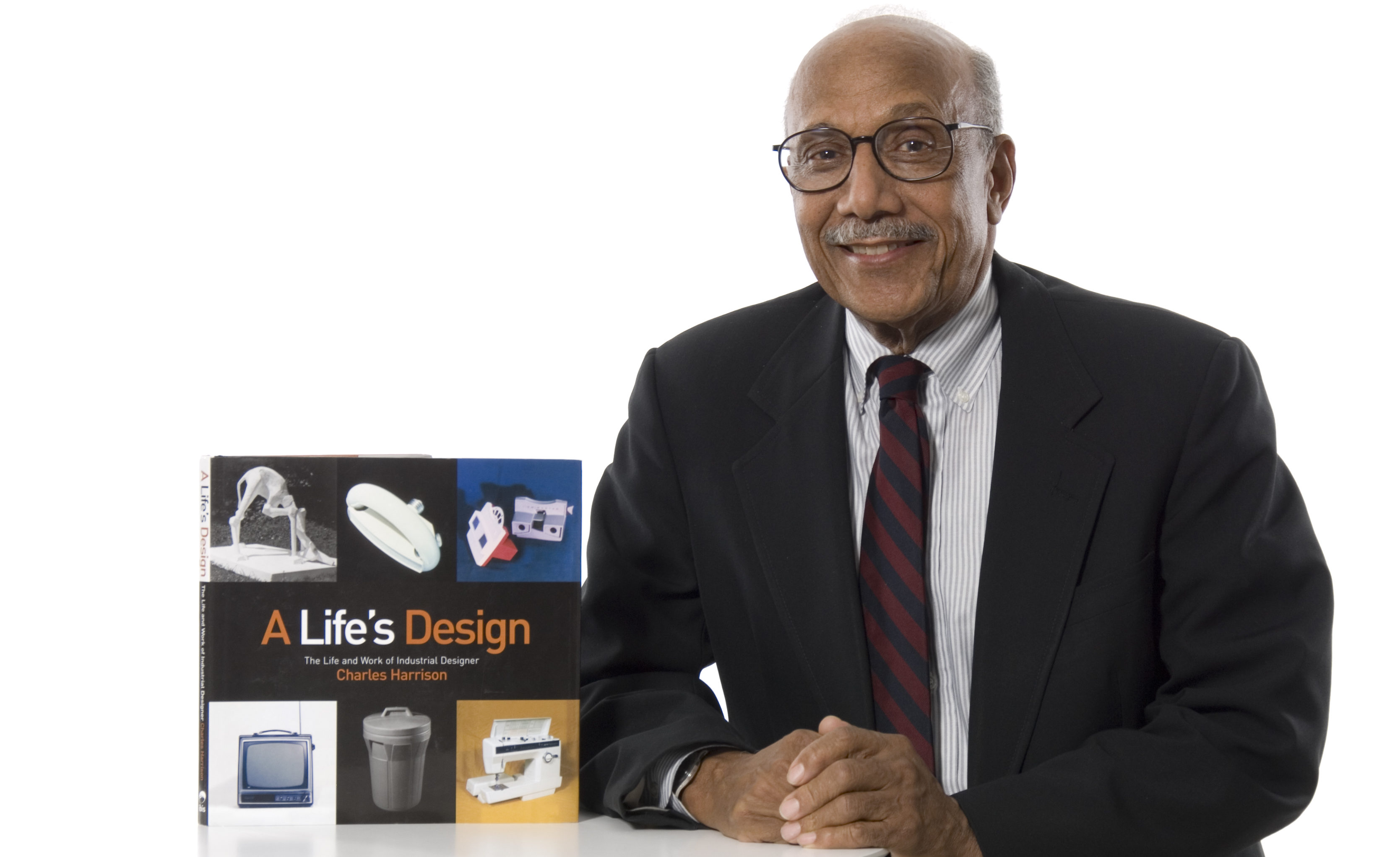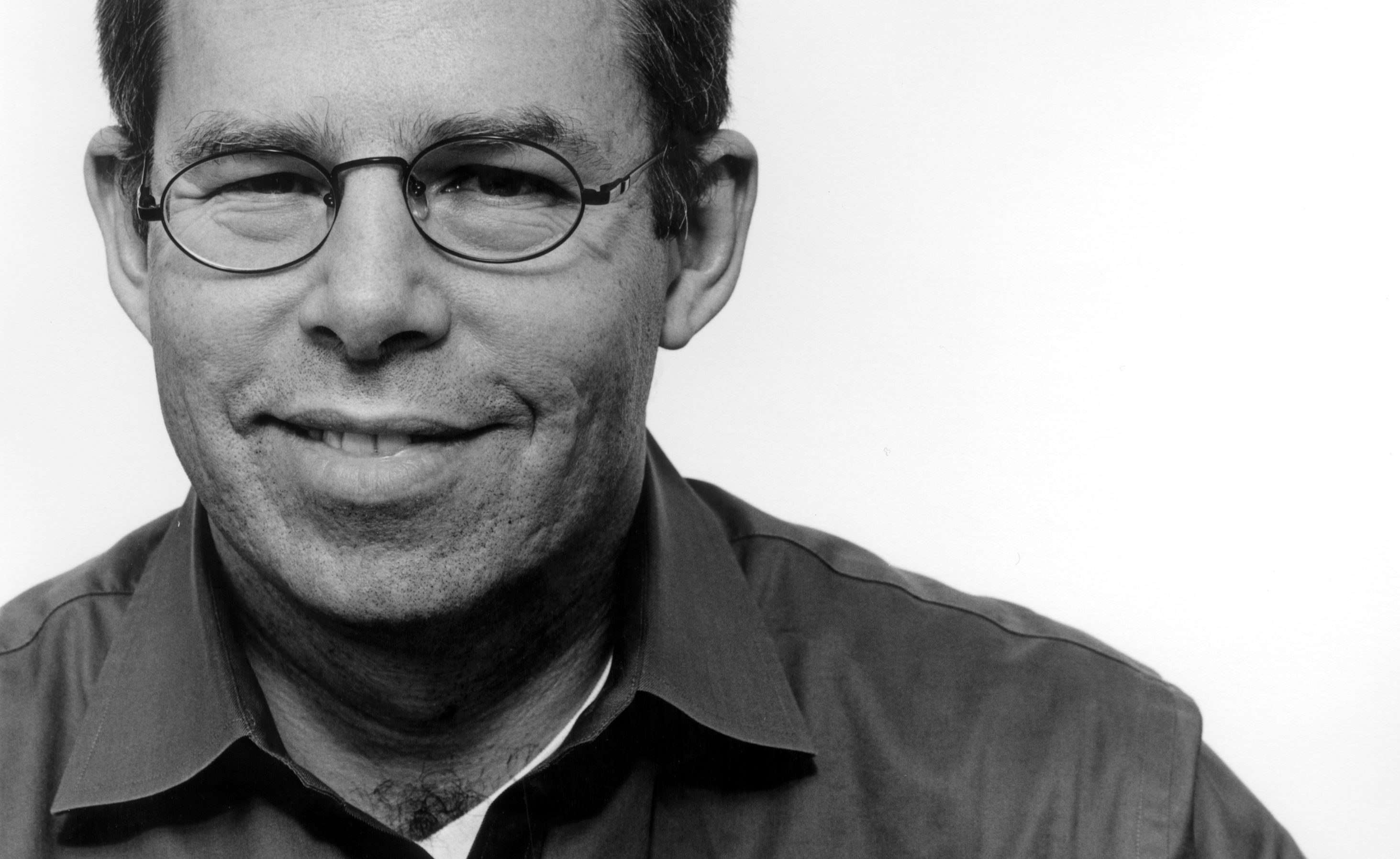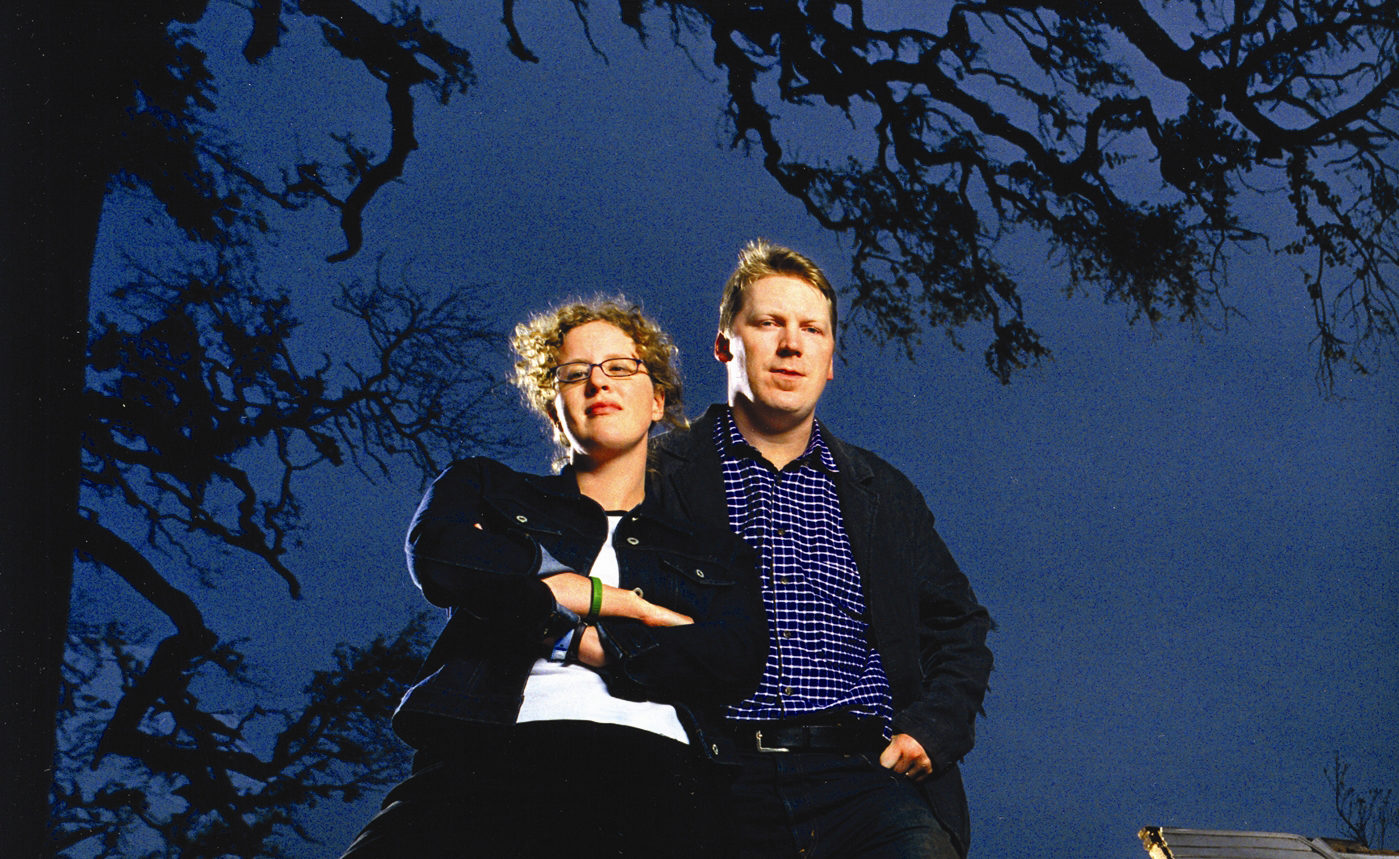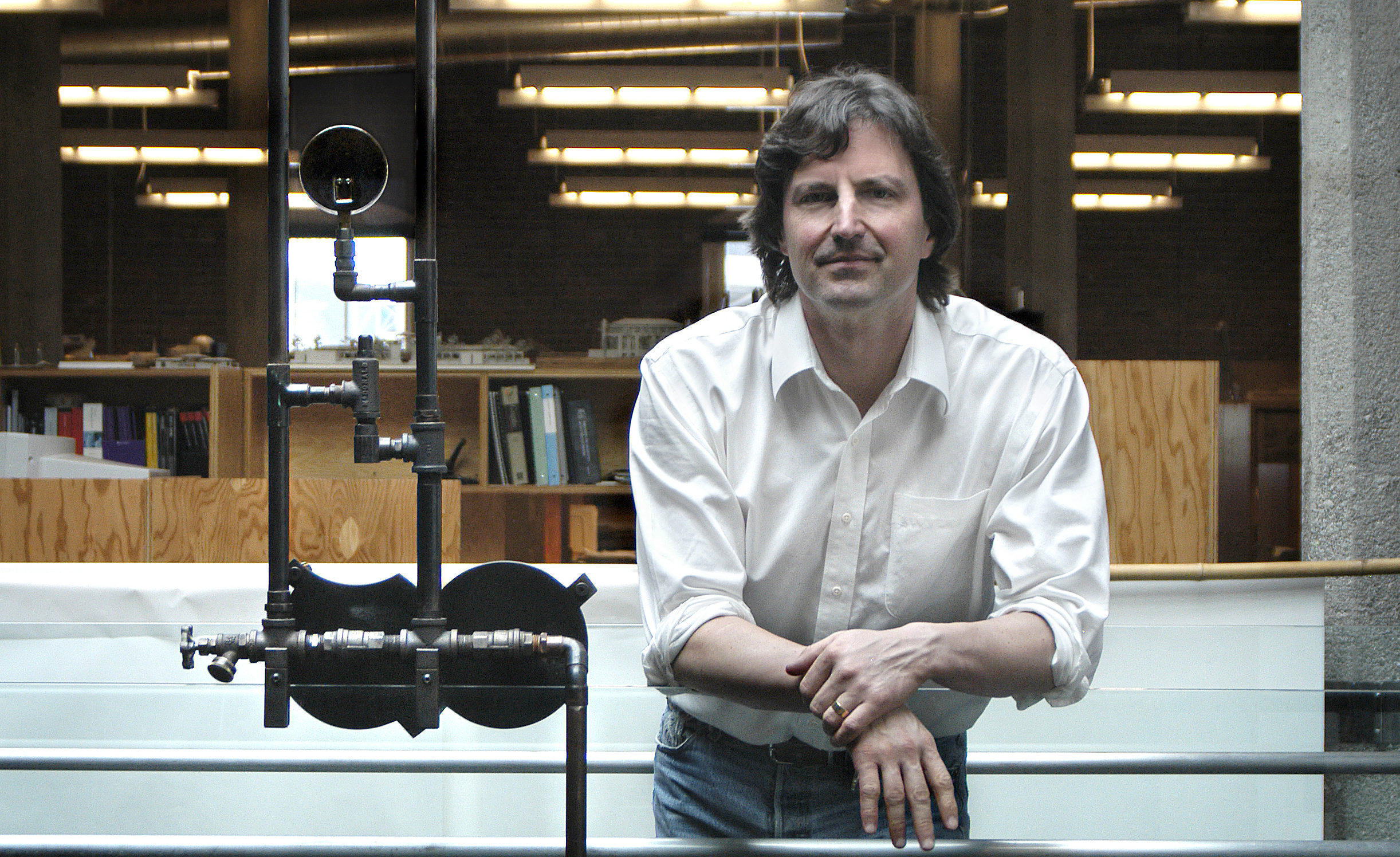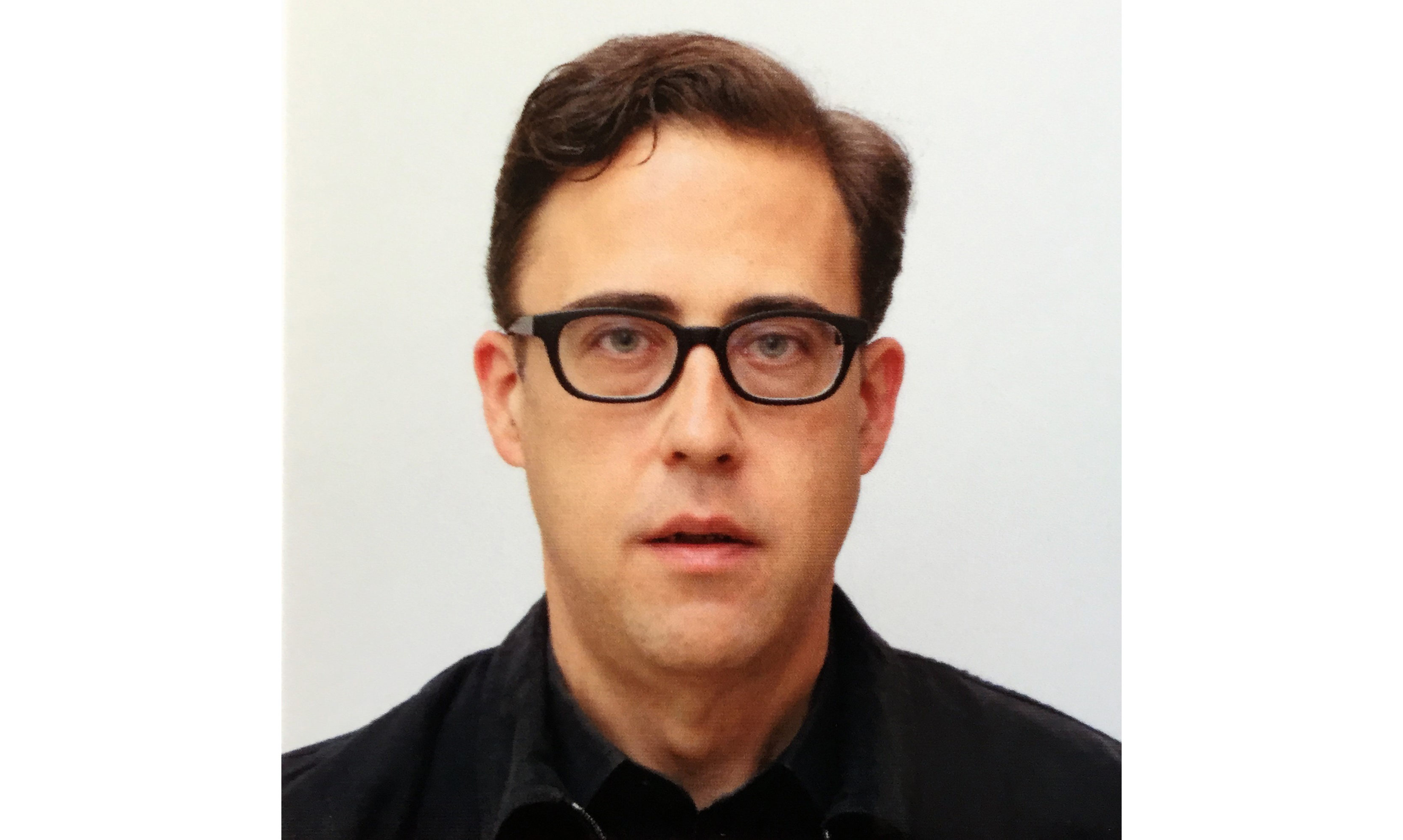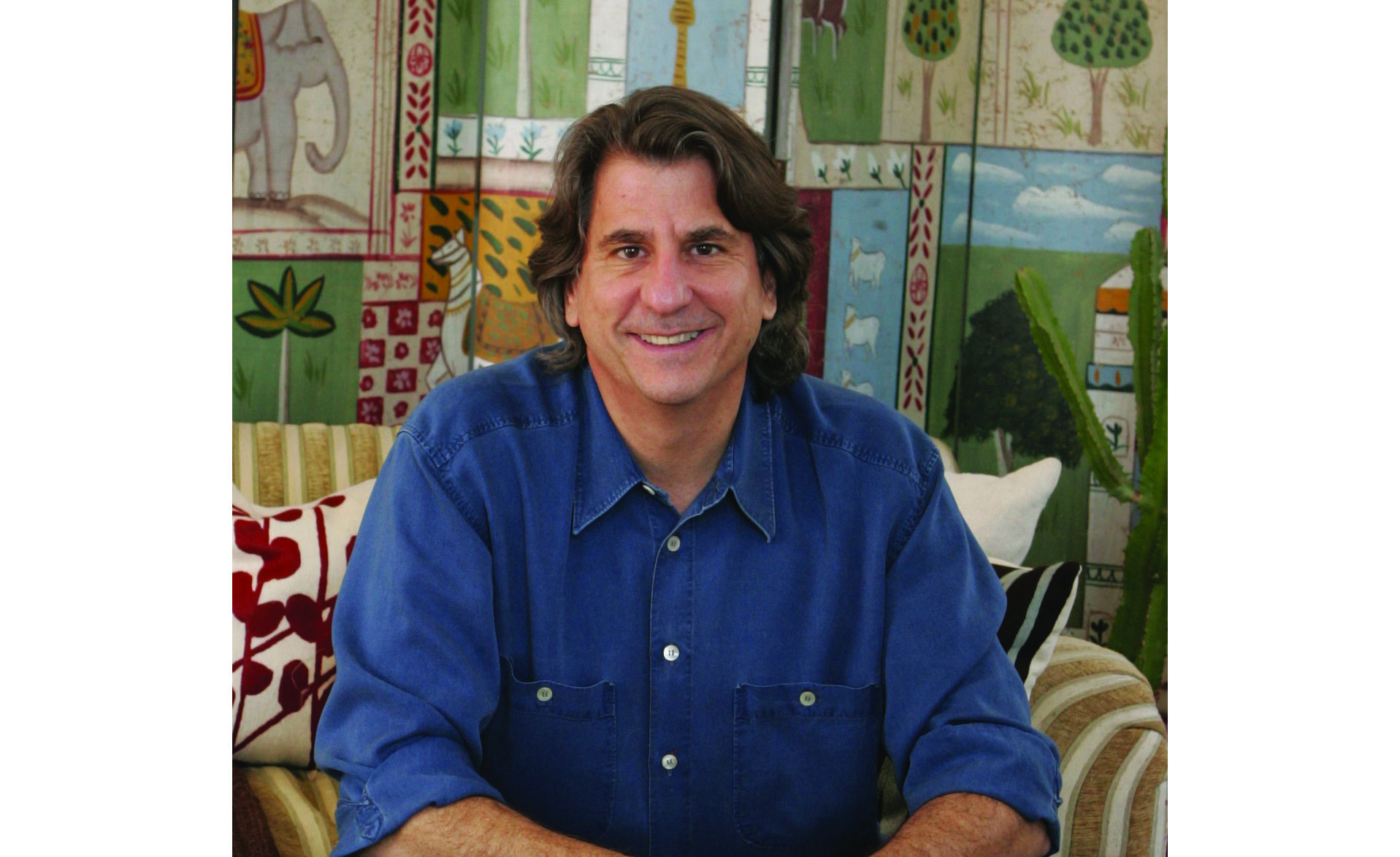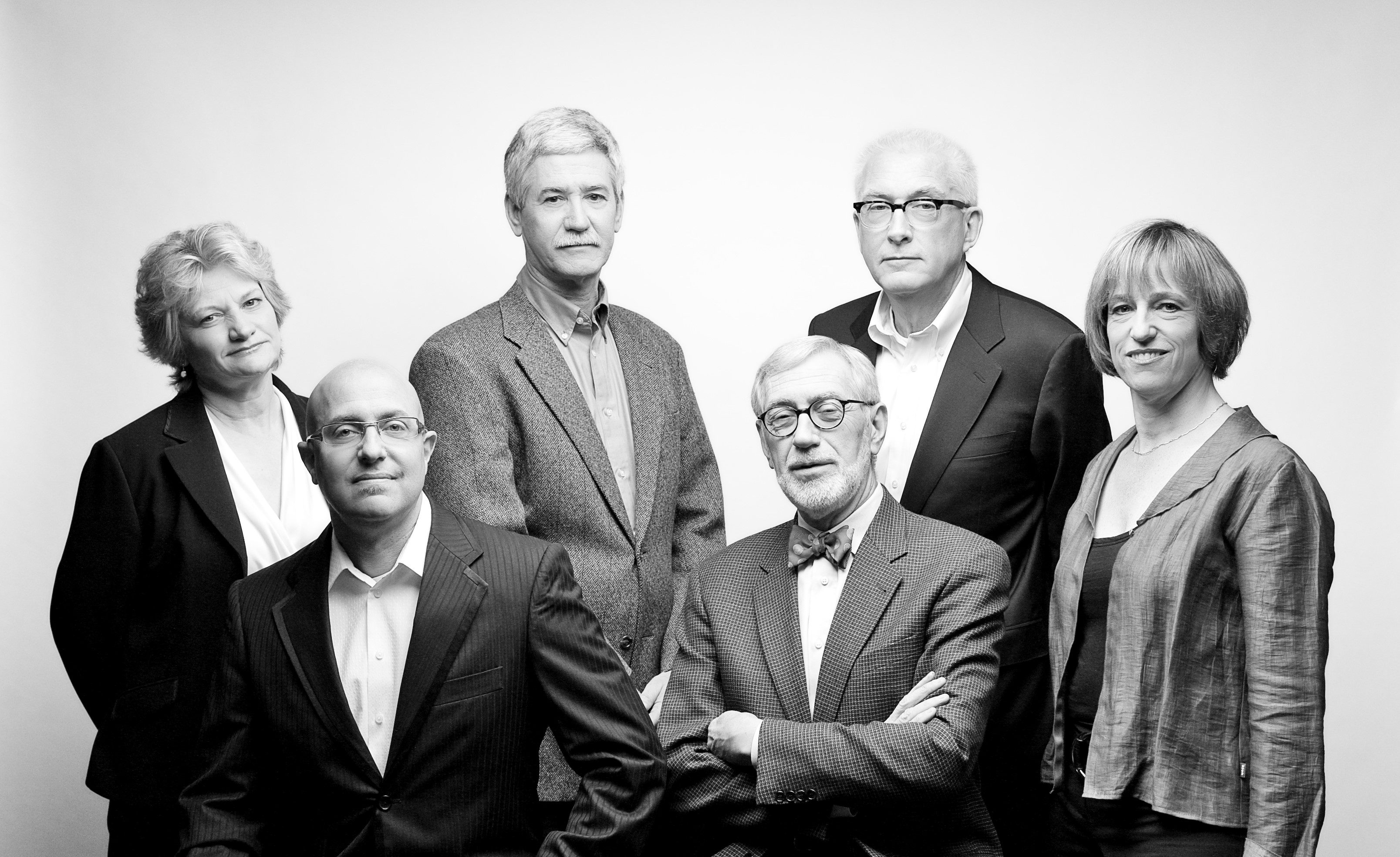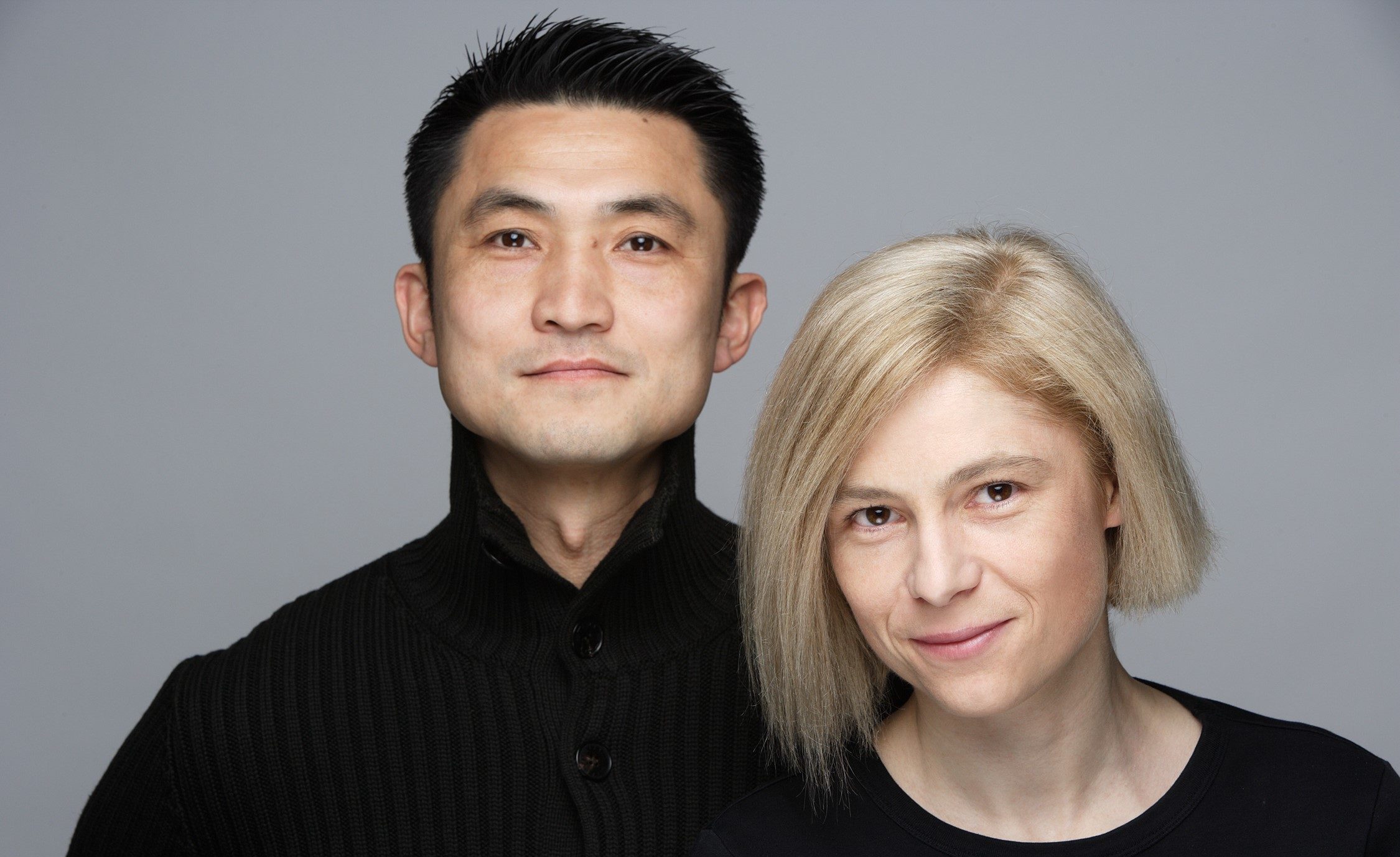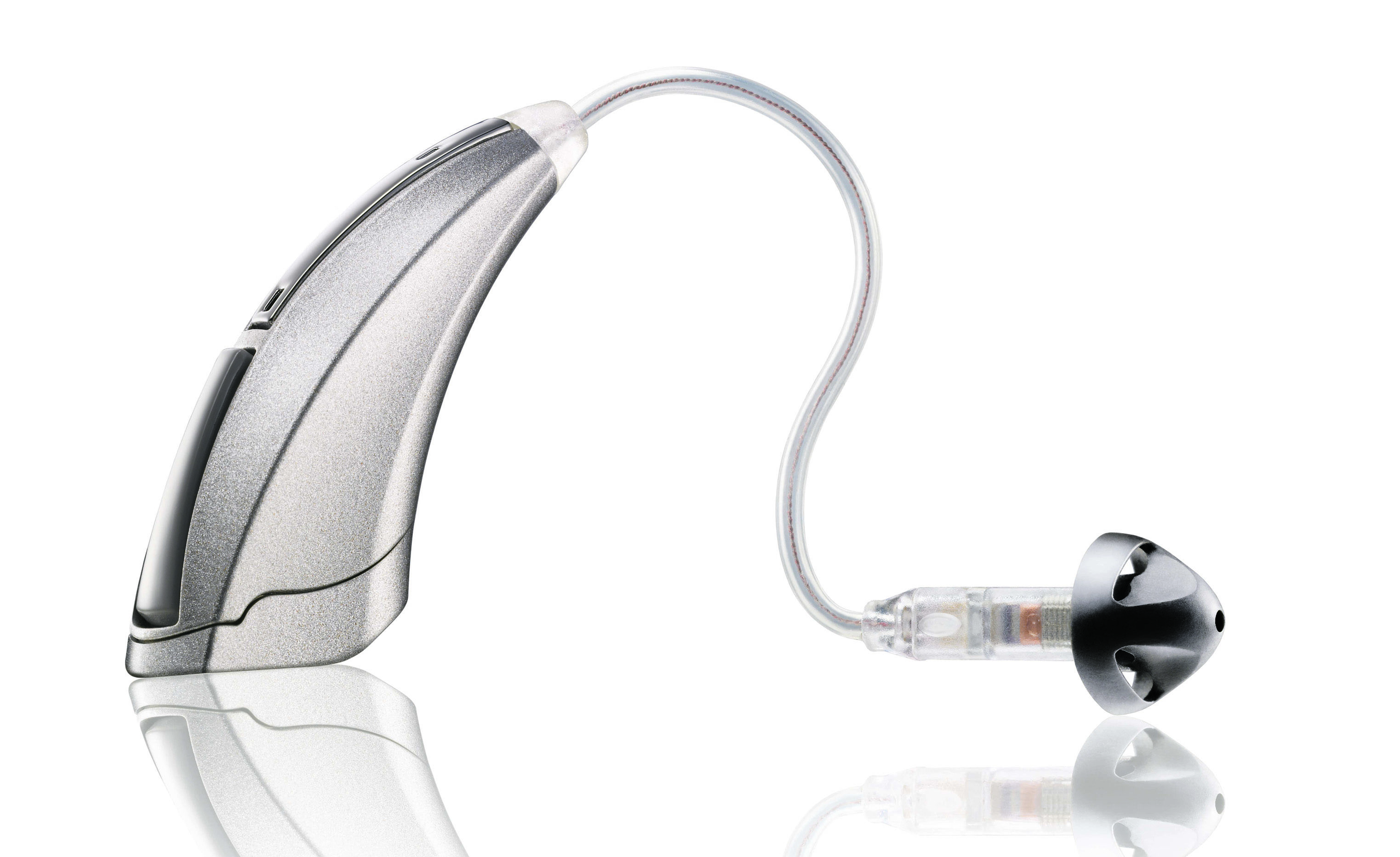2008 National Design Award Winners

Celebrate design
The National Design Awards program celebrates design as a vital humanistic tool in shaping the world, and seeks to increase national awareness of design by educating the public and promoting excellence, innovation, and lasting achievement.
Charles Harrison
Charles Harrison, an industrial designer at Sears, Roebuck & Company for more than three decades, improved the quality of life of millions of Americans through the extraordinary breadth and innovation of his product designs. One of the first African Americans to enter the design field, Harrison began working for Sears in 1961 and eventually became the company’s Chief Designer. During his distinguished career, Harrison maintained an unwavering commitment to the needs of the average consumer, creating an astonishing 750 products—from radios and sewing machines to hair dryers—for nearly every area of the home. Among his most iconic designs are the first-of-its-kind plastic garbage can, a lighter, more durable alternative to its metal counterpart; and a redesign of the now classic View-Master. Harrison currently teaches design at Columbia College in Chicago.
Michael Bierut
Michael Bierut, a partner at the New York design firm Pentagram, has produced an extraordinary body of critical writing and graphic design. Bierut’s ability to articulate and deconstruct the design process has raised the consciousness of an entire field and sparked a national dialogue. A Senior Critic in the graphic-design program at the Yale University School of Art, he is also the coeditor of the Looking Closer: Critical Writings on Graphic Design book series (Allworth Press) and a cofounder of DesignObserver.com, a widely read blog focused on design and culture. His clients have included the New York Times, Saks Fifth Avenue, the Brooklyn Academy of Music, Harley-Davidson, Princeton University, the Walt Disney Company, and the New York Jets. His most recent book, Seventy-nine Short Essays on Design, was published by Princeton Architectural Press in 2007.
Architecture for Humanity
Co-founded in 1999 by Cameron Sinclair and Kate Stohr, Architecture for Humanity connects those affected by humanitarian crises and natural disasters around the globe with an international network of architecture and construction professionals who supply pro bono design services to build housing, clinics, and schools. AFH currently works in twenty-six countries on projects ranging from health and community centers in Africa and Asia to houses on the United States Gulf Coast. In 2007, Sinclair and Stohr launched the Open Architecture Network, an online, open-source community that provides access to an archive of innovative and sustainable design plans. AFH was featured in Cooper-Hewitt’s Design for the Other 90% and 2006 National Design Triennial exhibitions.
Janna Bullock
Janna Bullock is the Founder and Chief Executive of RIGroup, a real-estate development company that focuses on residential, commercial, and hotel properties in the United States and Europe. An advocate for sustainable design and energy-efficient technologies in her building projects, Bullock is also known for her commitment to excellence in the preservation and restoration of landmark architecture. A committed patron of arts and avid supporter of contemporary design, Bullock has initiated projects such as the 2007 Russian Design Show at Ecoestate Pavlovskaya Sloboda, a sustainable community in Russia featuring homes furnished with objects by Frank Gehry, Gio Ponti, the Campana Brothers, and others.
Google, Inc.
Google, Inc., has transformed the way millions of Internet users around the globe access information every day. Founded in 1998, the company has married a simple, easy-to-use interface with complex engineering, making it the leading source for news, images, and locations on the Web. The ingenuity of Google’s design extends to all of its products, such as Google Maps and Google Earth, which offer a new paradigm for how users navigate the world and provide unprecedented access to interactive technologies. Google is also recognized for rethinking conventional notions of corporate culture and the workplace. At the “Googleplex,” Google’s headquarters, creativity and play are central to the company’s philosophy. Google’s staff take creature comforts as seriously as productivity, as one cannot be had without the other. Google was featured in the 2006 National Design Triennial.
Tom Kundig
Tom Kundig is a partner in the Seattle-based firm Olson Sundberg Kundig Allen Architects. Kundig’s projects seamlessly integrate architecture and landscape, and pay uniquely meticulous attention to detail and the materials used, which are often left in their natural, raw state. His ingenuity lies in the experiential nature of his work, the use of kinetic architectural features, and the reinvention of structural elements that are often overlooked, such as doors, windows, and stairs. Kundig has garnered recognition for projects ranging from small cabins to high-rises across the American West and throughout North America. In 2006, Princeton Architectural Press released Tom Kundig: Houses, a book that introduced Kundig’s work to an international audience. Kundig was a National Design Award finalist in this category in 2005.
Scott Stowell
Since 1998, Scott Stowell has been the proprietor of Open, an independent, New York–based design studio that works across a range of media, including identity systems; print design, such as advertising, packaging, or publications; motion graphics; and Web design. Many of Open’s projects integrate design solutions that encompass more than one of these categories. Stowell has garnered acclaim for translating the ideas of a diverse set of clients into engaging campaigns that speak to a wide audience. Open’s clients include the PBS documentary series Art:21, Bravo, Good magazine, Jazz at Lincoln Center, the New York Times, the National Multiple Sclerosis Society, Planet Green, and WNYC Radio. Stowell has served as Vice President of the New York Chapter of AIGA and teaches graphic design at Yale University and the School of Visual Arts.
Ralph Rucci
Ralph Rucci established his womenswear label, Chado Ralph Rucci, in 1994. Named after the Japanese tea ceremony, Chado embodies Rucci’s highly intricate yet restrained aesthetic, which is influenced by sources ranging from Balenciaga to Asian symbolism and abstract painters such as Cy Twombly. An ambassador for American fashion, Rucci presented his first haute-couture collection in Paris in 2002, becoming one of only two Americans in history to be on the official calendar of the Chambre Syndicale de la Haute Couture. Both his ready-to-wear and haute-couture lines distinguish themselves with their impeccable craftsmanship, luxurious fabrics, and subtle embellishments. Rucci’s work has been featured in Cooper-Hewitt’s 2006 National Design Triennial and in retrospectives at The Costume Institute of the Kent State University Museum, The Museum at the Fashion Institute of Technology, and The Phoenix Art Museum.
Rockwell Group
Rockwell Group is an architecture and design firm specializing in cultural, hospitality, retail, product, and set design. Founded in 1984 by David Rockwell, the firm crafts a unique narrative and an immersive environment for each project. Rockwell’s interest in theater has informed much of the firm’s work, which ranges from the W Hotel, W Union Square Hotel, and the Adour Alain Ducasse restaurant in New York; the Kodak Theatre in Los Angeles; Nobu restaurants worldwide; and groundbreaking set designs for Broadway productions of Hairspray and Dirty Rotten Scoundrels. The Rockwell Group is currently at work on Imagination Playground, a new model for community playgrounds, designed in partnership with the New York City Department of Parks & Recreation; and the interior of the new JetBlue terminal at New York’s John F. Kennedy International Airport.
OLIN
Olin Partnership is one of today’s leading American landscape-architecture firms. The Philadelphia-based studio has been dedicated to sustainability and green design since its inception in 1976. Olin Partnership has collaborated with architects, planners, public agencies, corporations, institutions, development groups, and foundations around the world on public parks, civic spaces, educational and cultural institutions, and mixed-use urban developments. Its list of commissions includes the Fran and Ray Stark Sculpture Garden at the J. Paul Getty Center in Los Angeles; the Gap headquarters in San Francisco; the Bryant Park and Columbus Circle restorations in New York; Exchange Square in London; and, with Peter Eisenman, the Memorial to the Murdered Jews of Europe in Berlin.
Antenna Design
Co-founded by Sigi Moeslinger and Masamichi Udagawa in 1997, Antenna Design combines technological complexity with a sense of humanity. The firm’s work often blurs the line between installation and product, incorporating new media and an interactive, thought-provoking aspect to engage the user. Antenna Design’s projects range from public to commercial, realized to exploratory, for an international clientele, including Bloomberg LP, Johnson & Johnson, McDonald’s, Fujitsu, and Microsoft. It designed three new fleets of subway cars and the MetroCard ticket vending machines for New York City’s Metropolitan Transportation Authority; and the hardware and screen interface for JetBlue’s check-in kiosks nationally. Antenna Design has also created installations for Artists Space, Creative Time, Bloomingdale’s, Häagen-Dazs, and the Walker Art Center; and contributed Cherry Blossom, a site-specific, interactive installation, to Cooper-Hewitt’s 2003 National Design Triennial.
